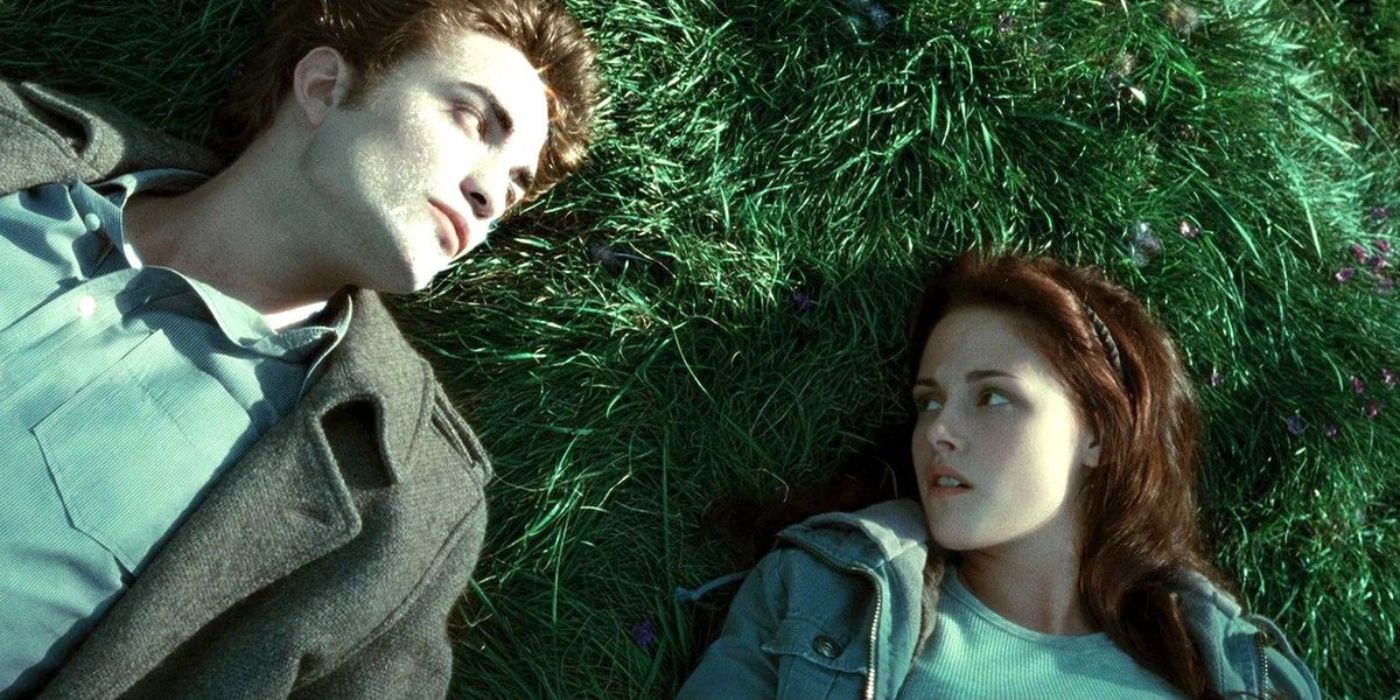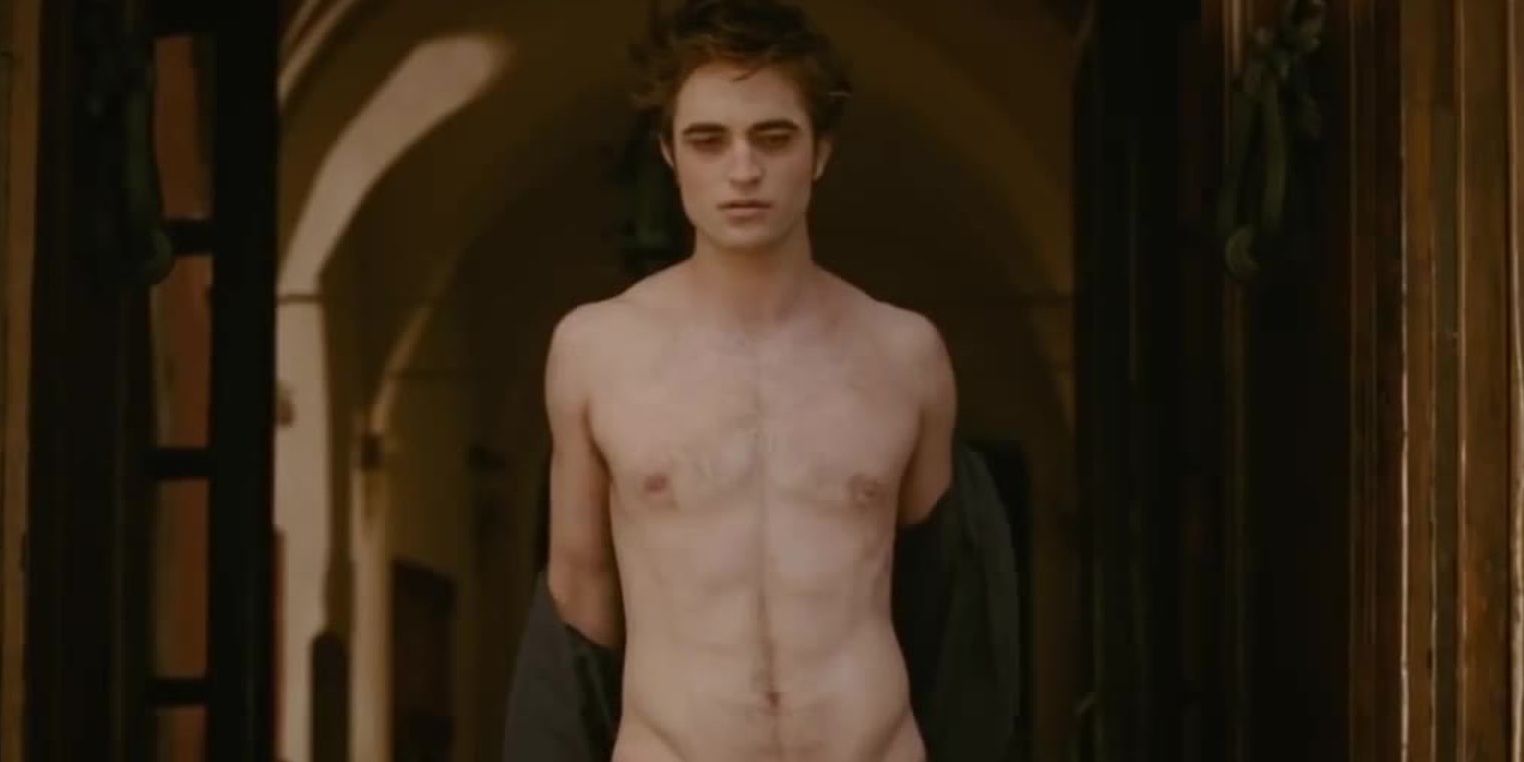The Twilight Saga's vampires appeal to viewers for several reasons, according to a Gothic literature expert. Based on Stephanie Meyer's book series, Twilight became a true cultural sensation when the first film was released in 2008. Starring Robert Pattinson as Edward Cullen and Kristen Stewart as Bella Swan, the series chronicles the love story between Bella, a human, and Edward, a vampire. Though their romance is forbidden, Bella joins Edward's family and eventually becomes a vampire herself.
Despite receiving mixed reviews, Twilight was a commercial success and has grossed over $3.4 billion globally. In addition, the films have lived on in the form of Internet memes and references across media, serving as one of the most iconic modern examples of vampires in pop culture. Though Twilight draws some parallels to other fantasy franchises due to the supernatural creatures' secrecy within the human world, there are some traits that are unique to the series. In particular, the vampires sparkling in the sun, the Volturi, and the Cullens' specific lifestyle and backstories are features of The Twilight Saga that have fascinated viewers. Now, a literary expert explains why.
In a new Vanity Fair video, Gothic literary professor Dr. Laura Westengard breaks down the reasons that Twilight's vampires have enjoyed such impressive cultural staying power. Referred to as a 'Vampire Expert,' Dr. Westengard compares Twilight's depiction of vampires to Tod Browning and Karl Freund's 1931 film Dracula as well as Joel Schumacher's The Lost Boys, describing the Cullens as a cross between the best features of each. See Dr. Westengard's detailed breakdown of Twilight's aspirational vampires below:
“Twilight is an interesting phenomenon. [Edward is] not cast as a seductive outsider that we should avoid. But he and his family represent what we should aspire to. They have wealth, they have cars, perfect beauty, they have strength. And maybe most importantly, they have restraint. Because they are vegetarian vampires, and this struck a chord. They became such a cultural phenomenon. The Twilight vampires align with a lot of the depictions that we’ve seen throughout the centuries. In other ways, they diverge. When we get to Twilight, vampires technically can go out in the sun. It doesn’t weaken them, but it does expose them for their true nature. Their diamond skin, however, plays right into that same idea that they represent the pinnacle of status, beauty. They pull [Dracula's] Bela Lugosi’s class and wealth together with The Lost Boys’ flashy youth culture and create this new monster that everybody wants to either be or be with. They are the pinnacle of 21st century capitalist aspirations.”
How Twilight Became A Phenomenon
Dr. Westengard's fascinating analysis offers a compelling explanation as to why audiences latched onto Twilight and the Cullen family over the course of the film series. In fact, even viewers that agree with the critiques of The Twilight Saga are often intrigued by the Cullen family in particular, with Alice (Ashley Greene) becoming a specific audience favorite due to her psychic powers and charm. The Twilight book series was a hit within its demographic despite garnering mixed reviews as well, offering a built-in audience when the film franchise launched. From there, the movie series, which wrapped with Breaking Dawn - Part 2 in 2012, became an even bigger sensation than the novels due to its combination of the supernatural, romance, and horror genres, gothic and dreamy ambiance, and emerging young stars.
The criticism that the films drew resulted in a 'hating Twilight' trend, which led to a hate-watching phenomenon that only further cemented the popularity of the movies and increased their staying power in pop culture. Not only did The Twilight Saga appeal to its teen girl target audience, it moved beyond that demographic, in part due to the principles that Dr. Westengard explains. Fantasy and romance movies are often used as a form of escapism, and Twilight, rather than making vampires a frightening creature to avoid, created an alluring version of the supernatural beings that appealed to modern ideals, making it the ultimate escapist flick.
Source: Vanity Fair


